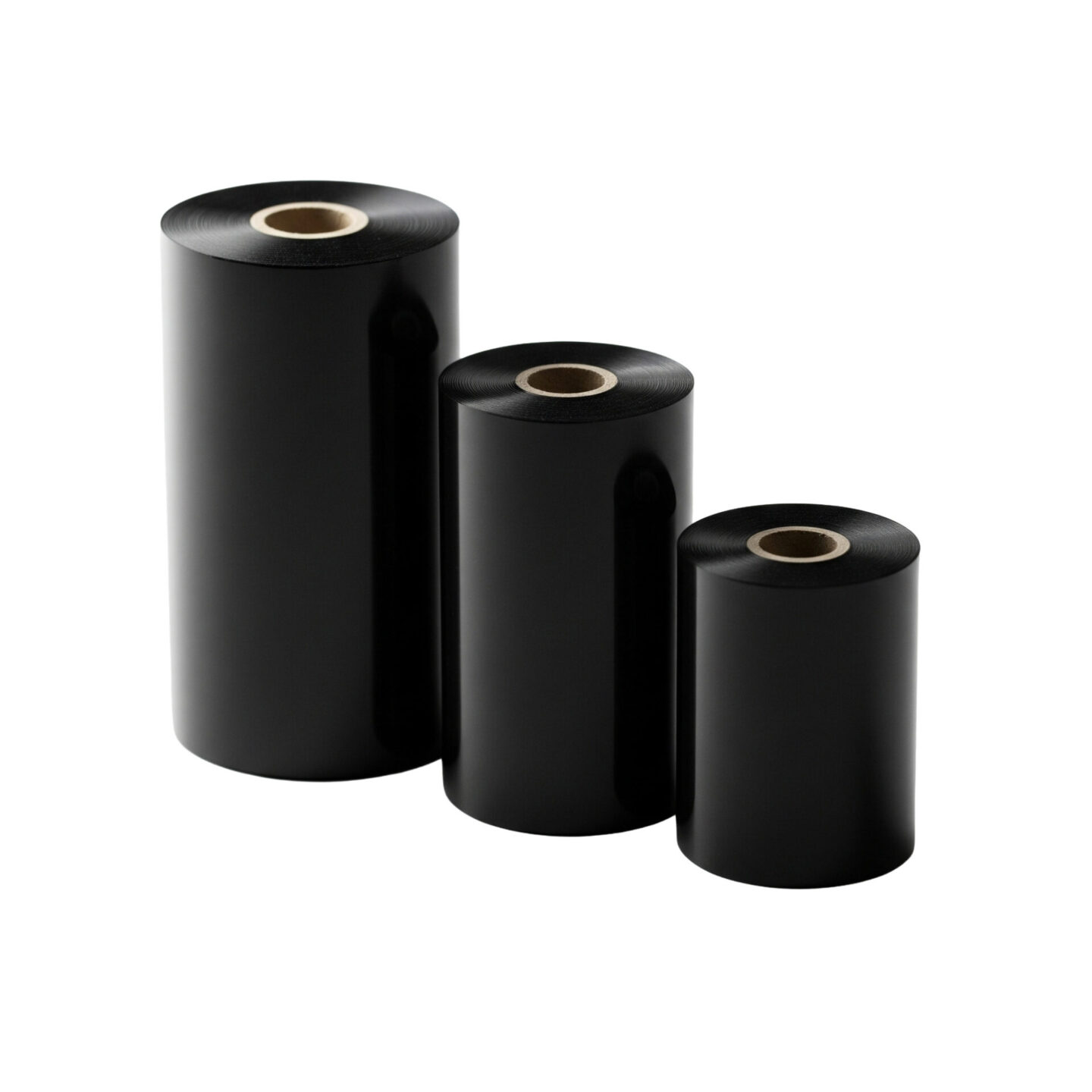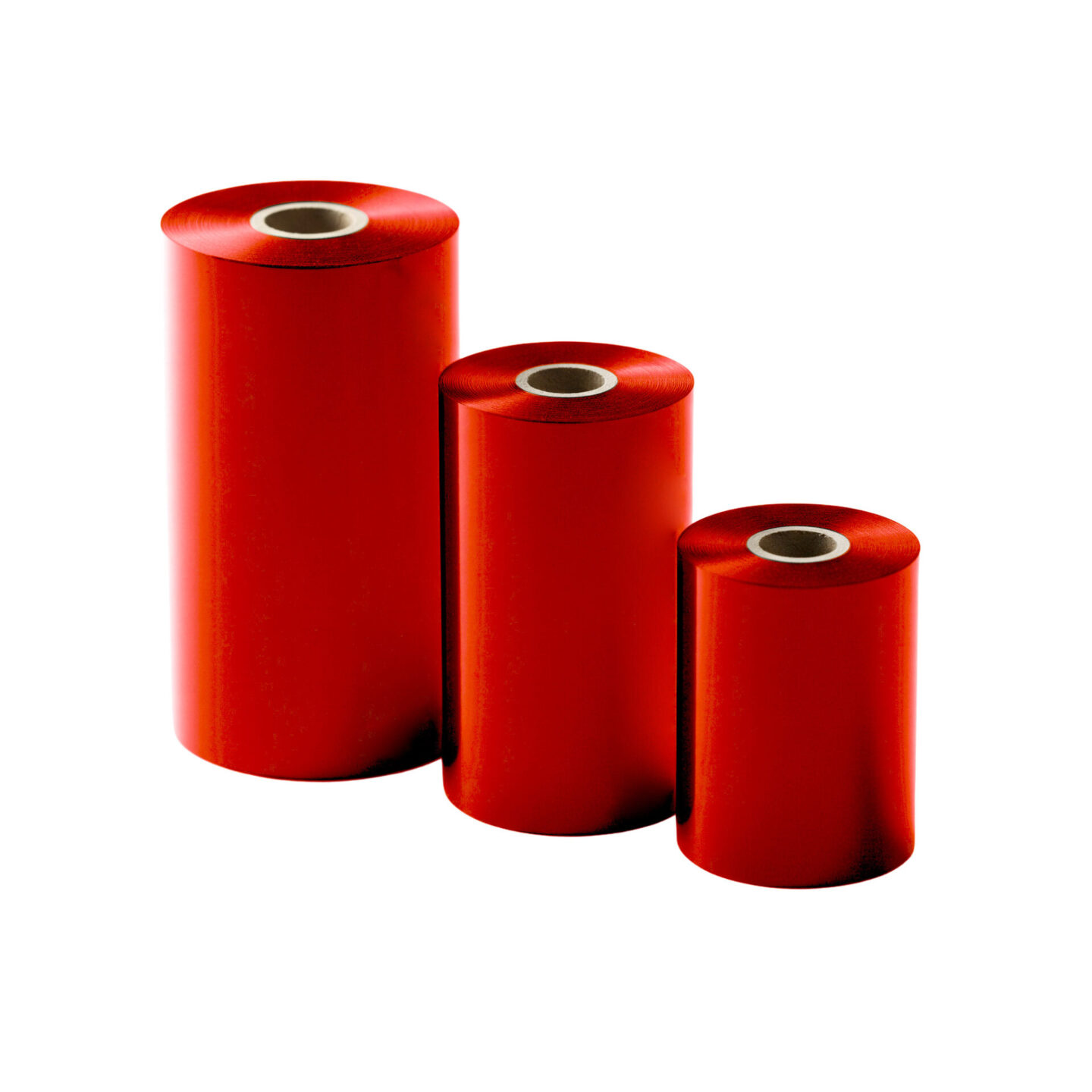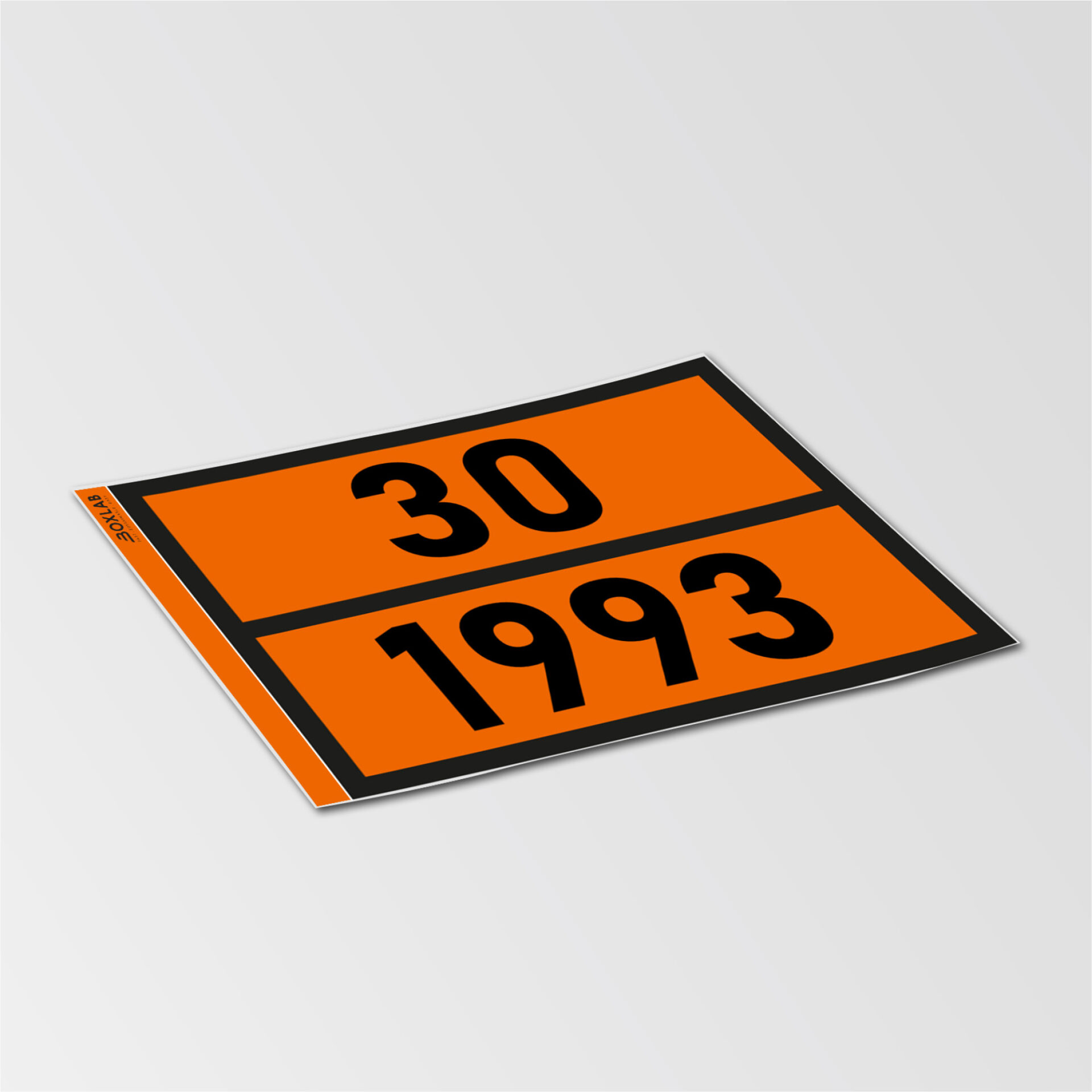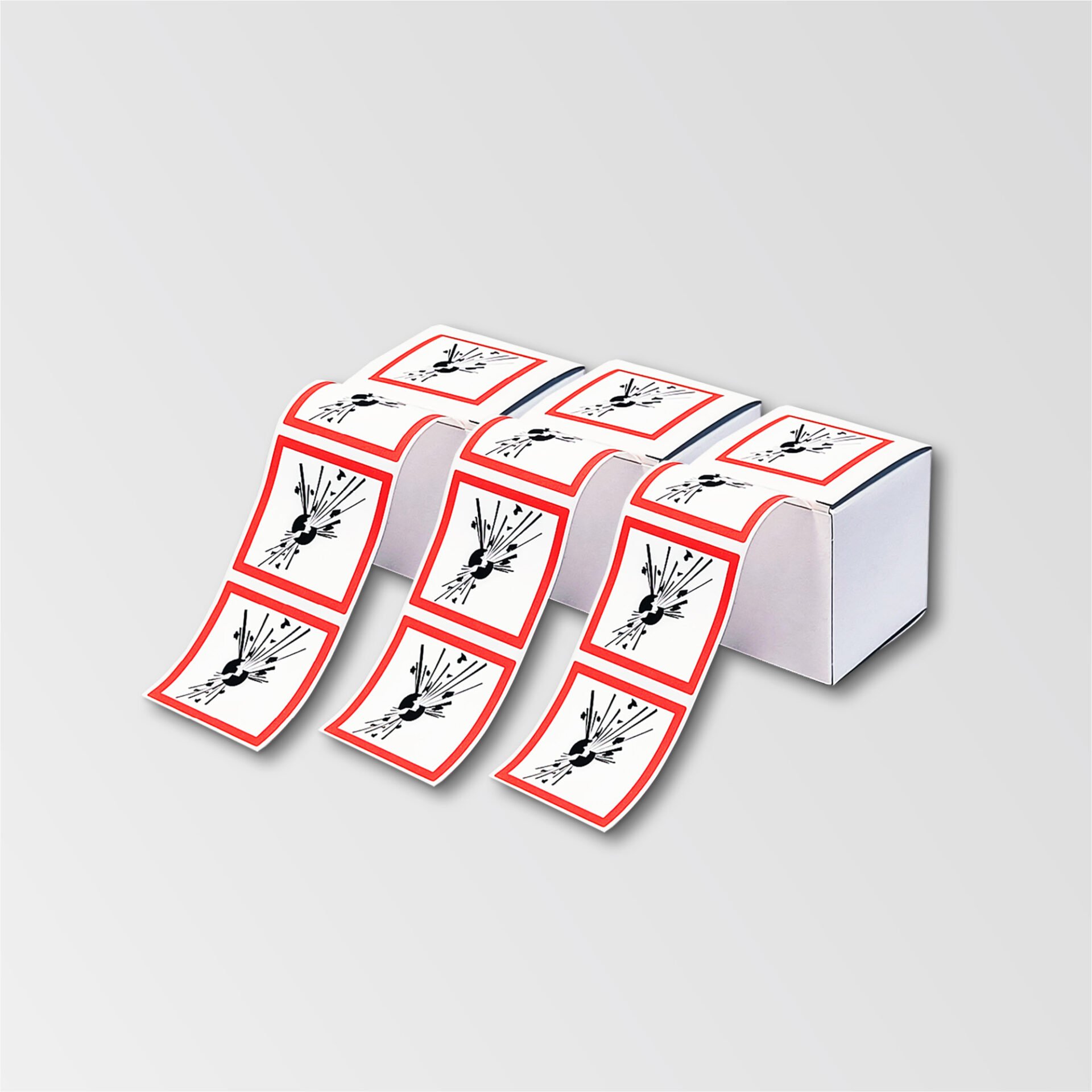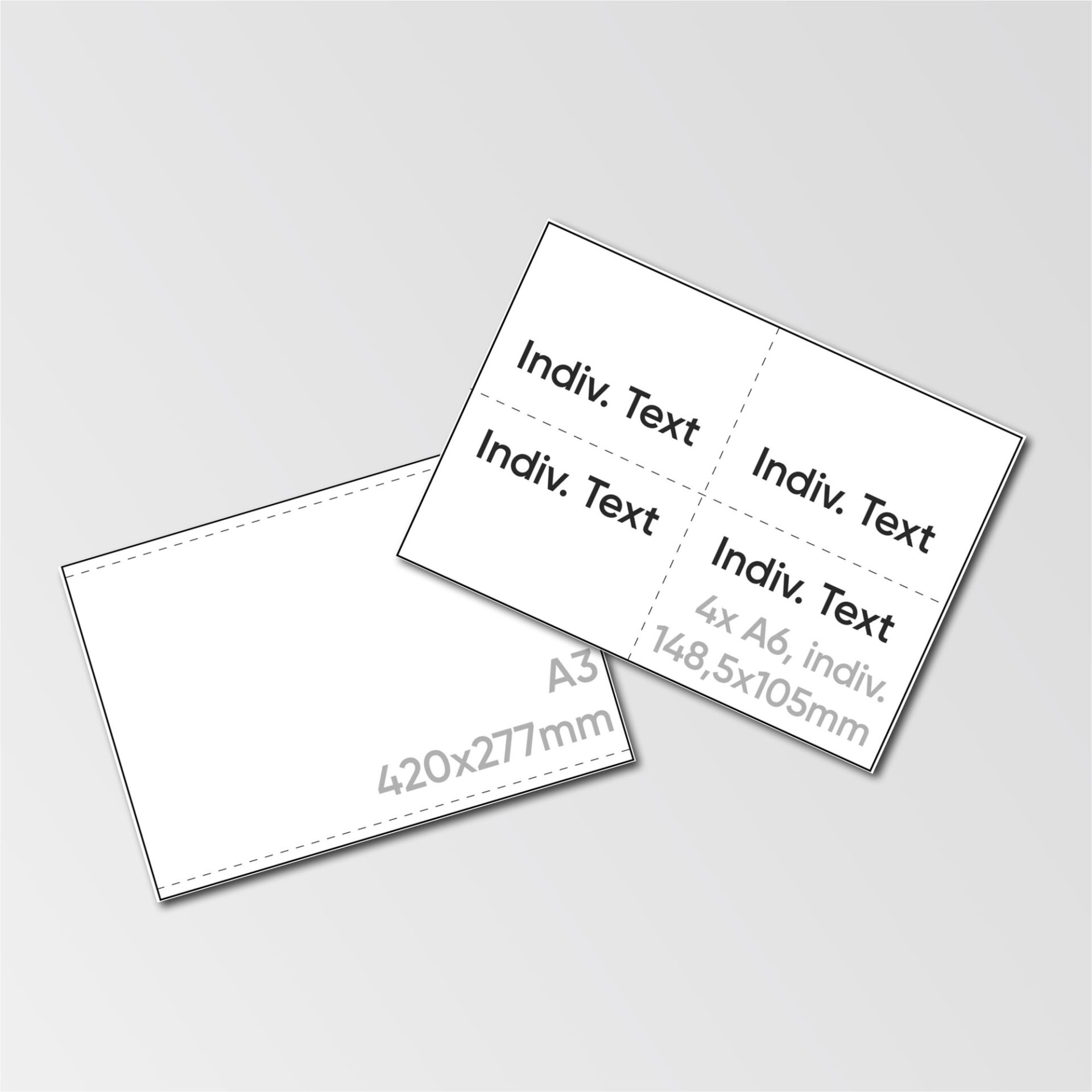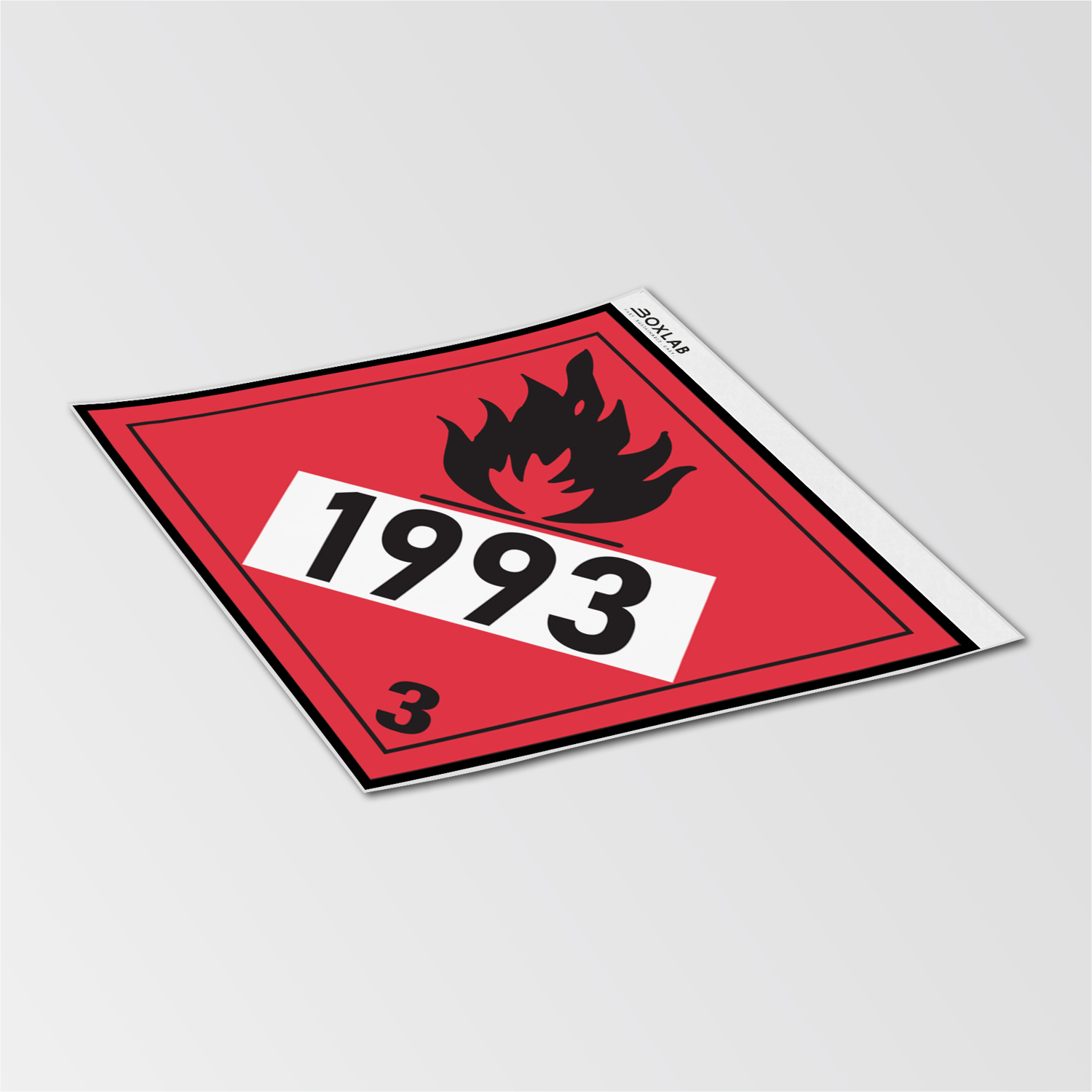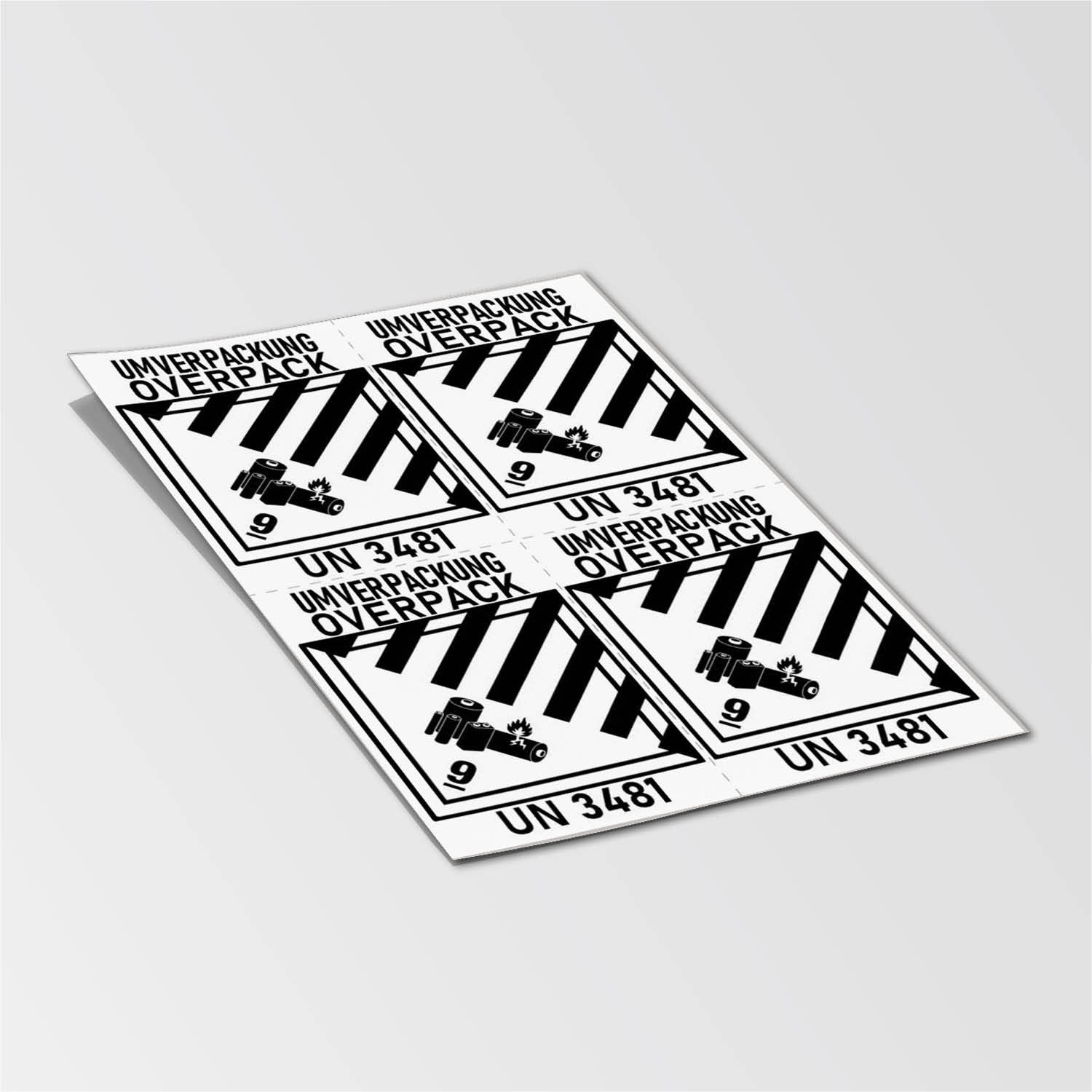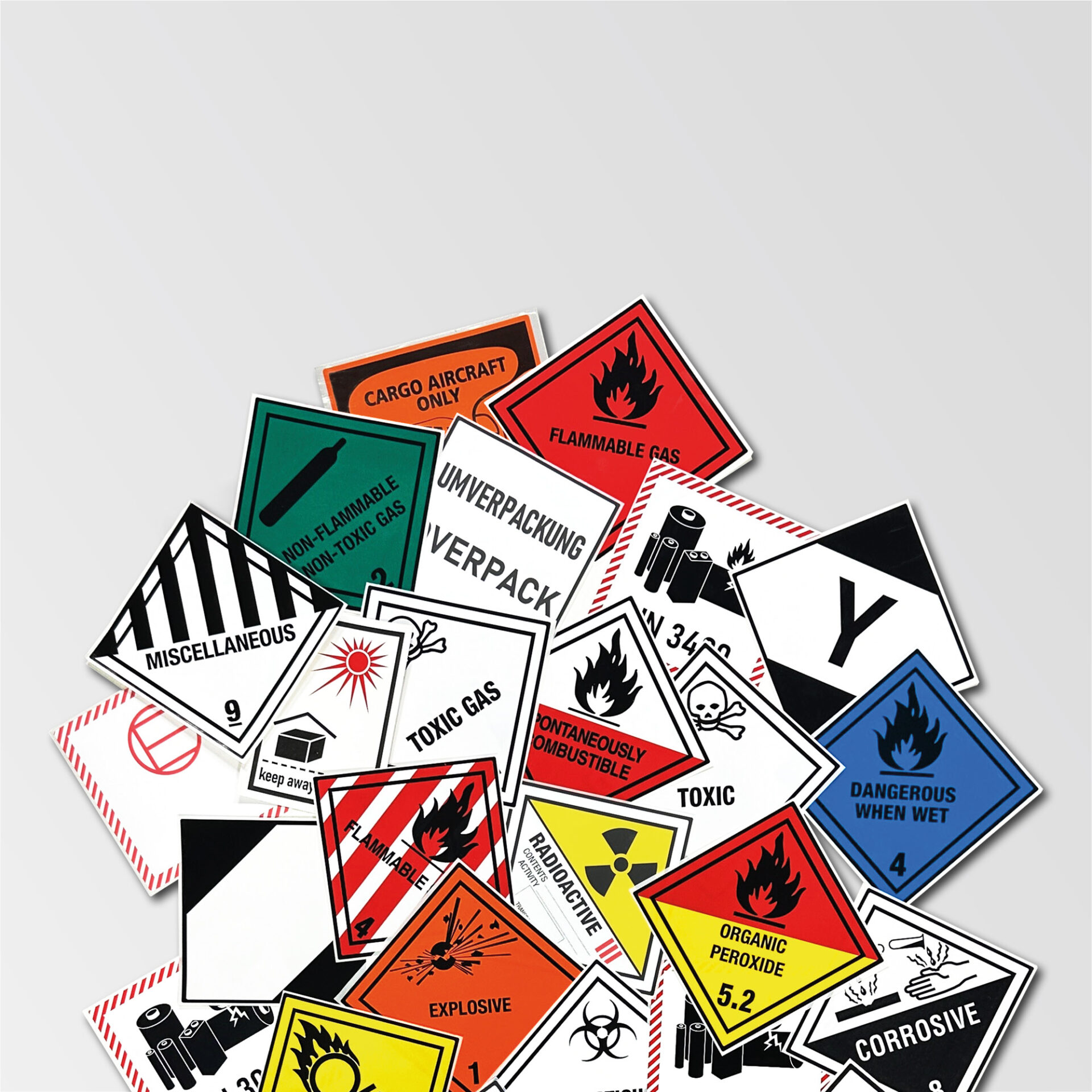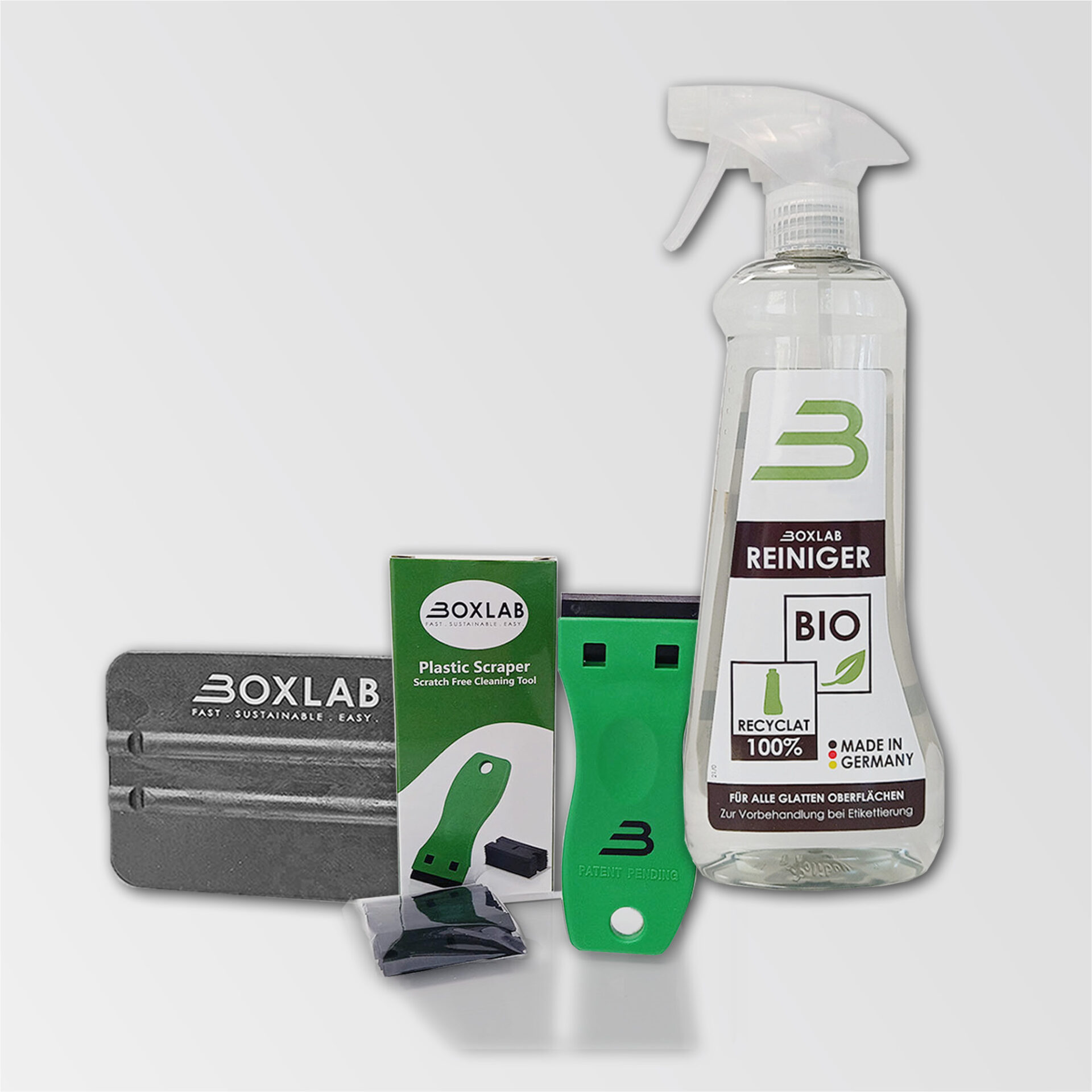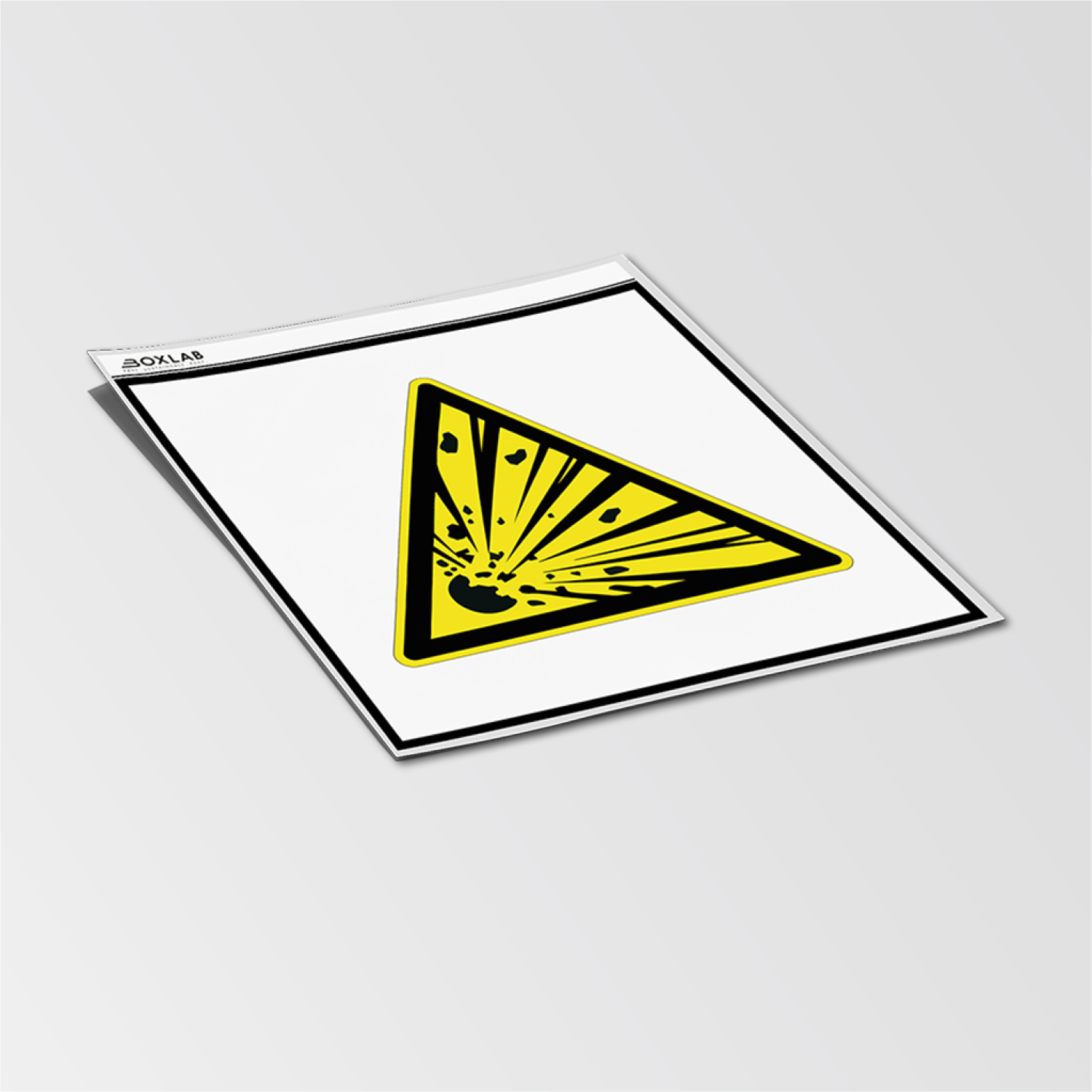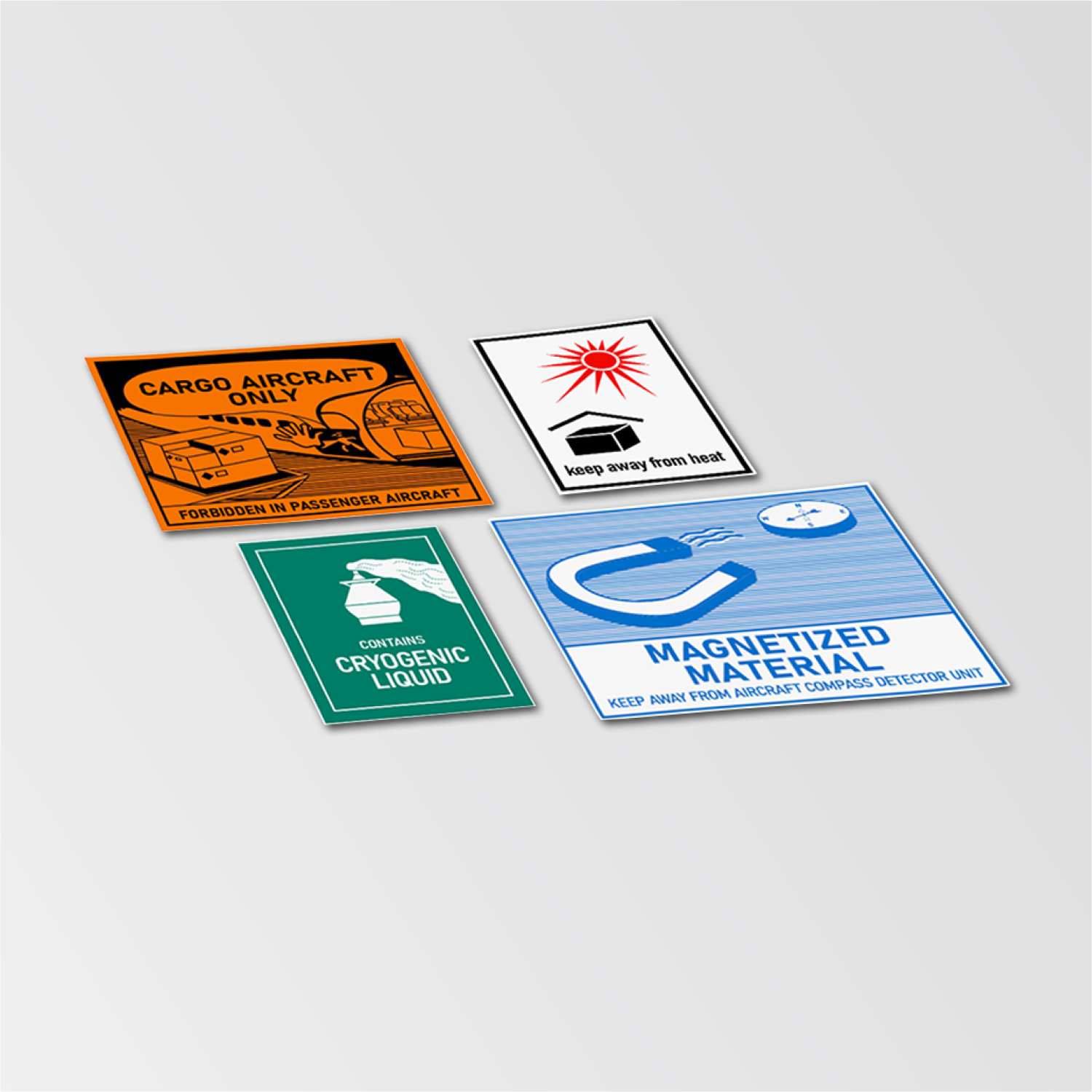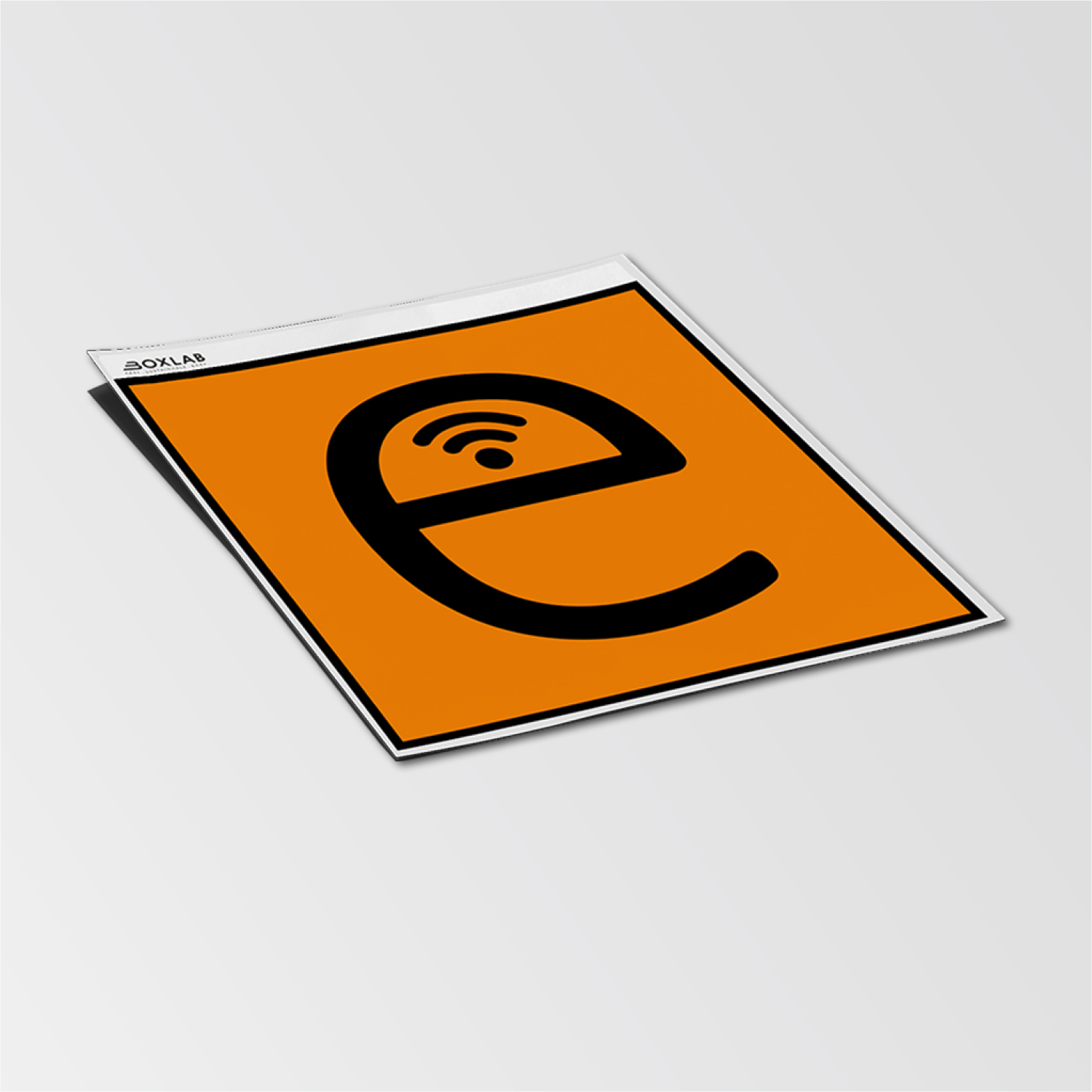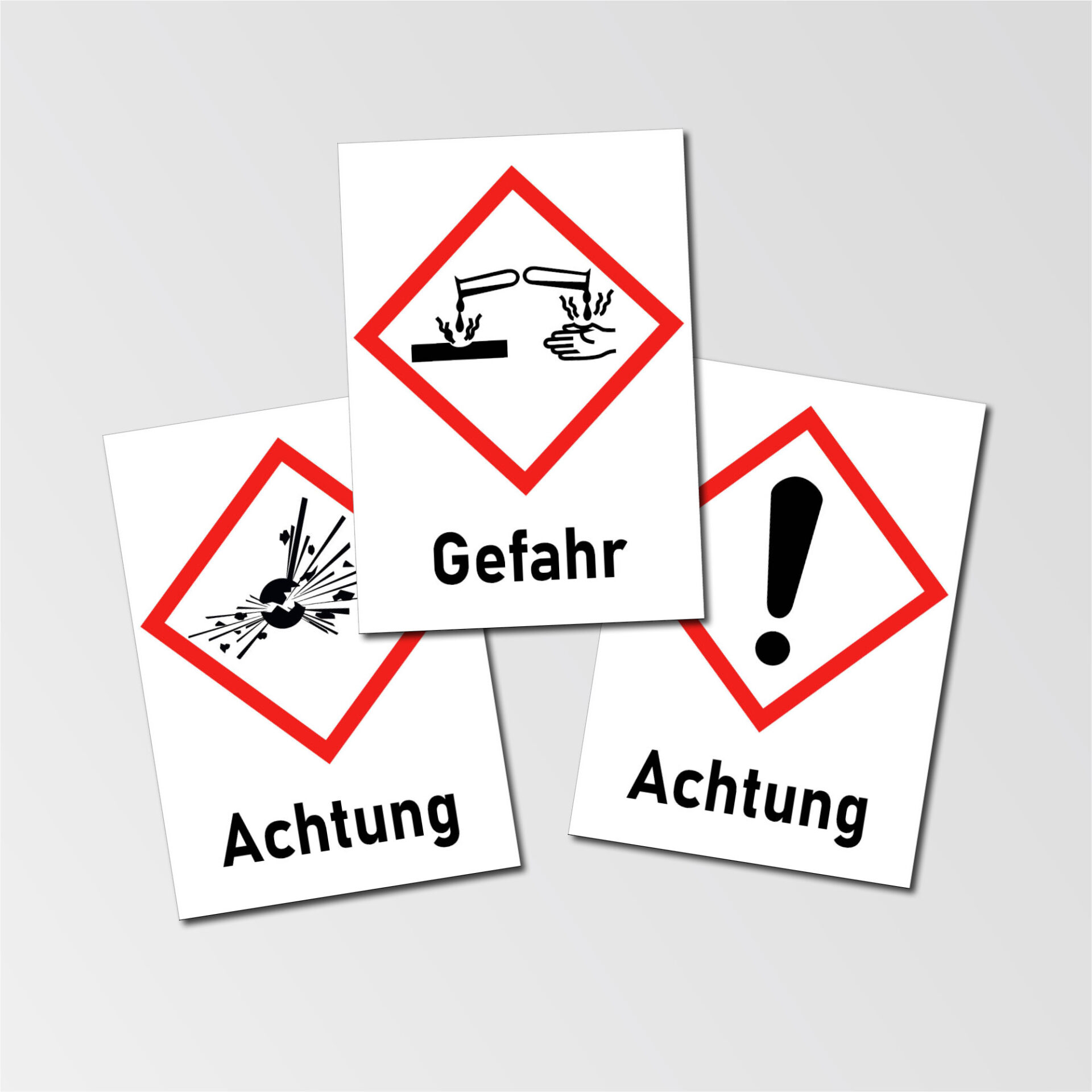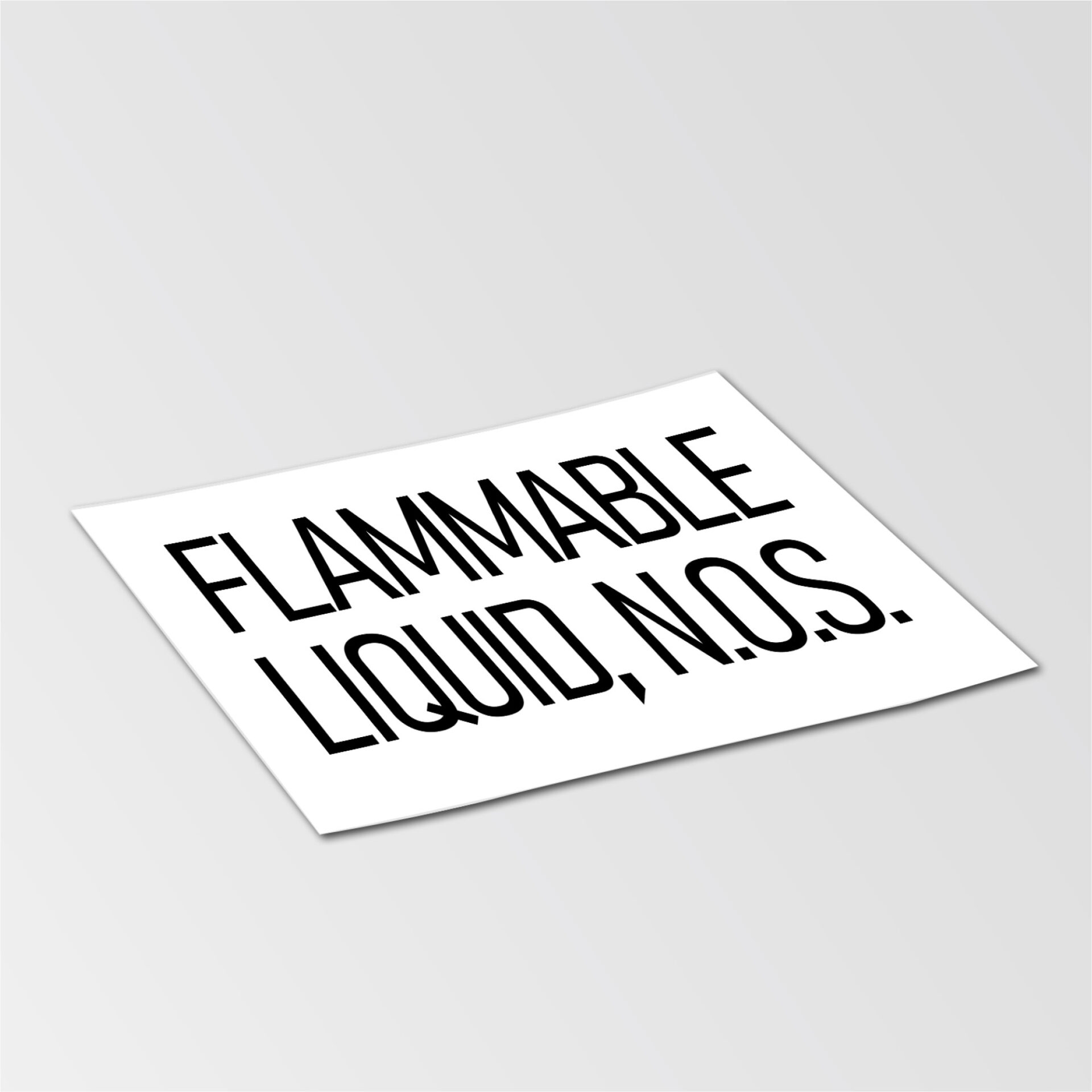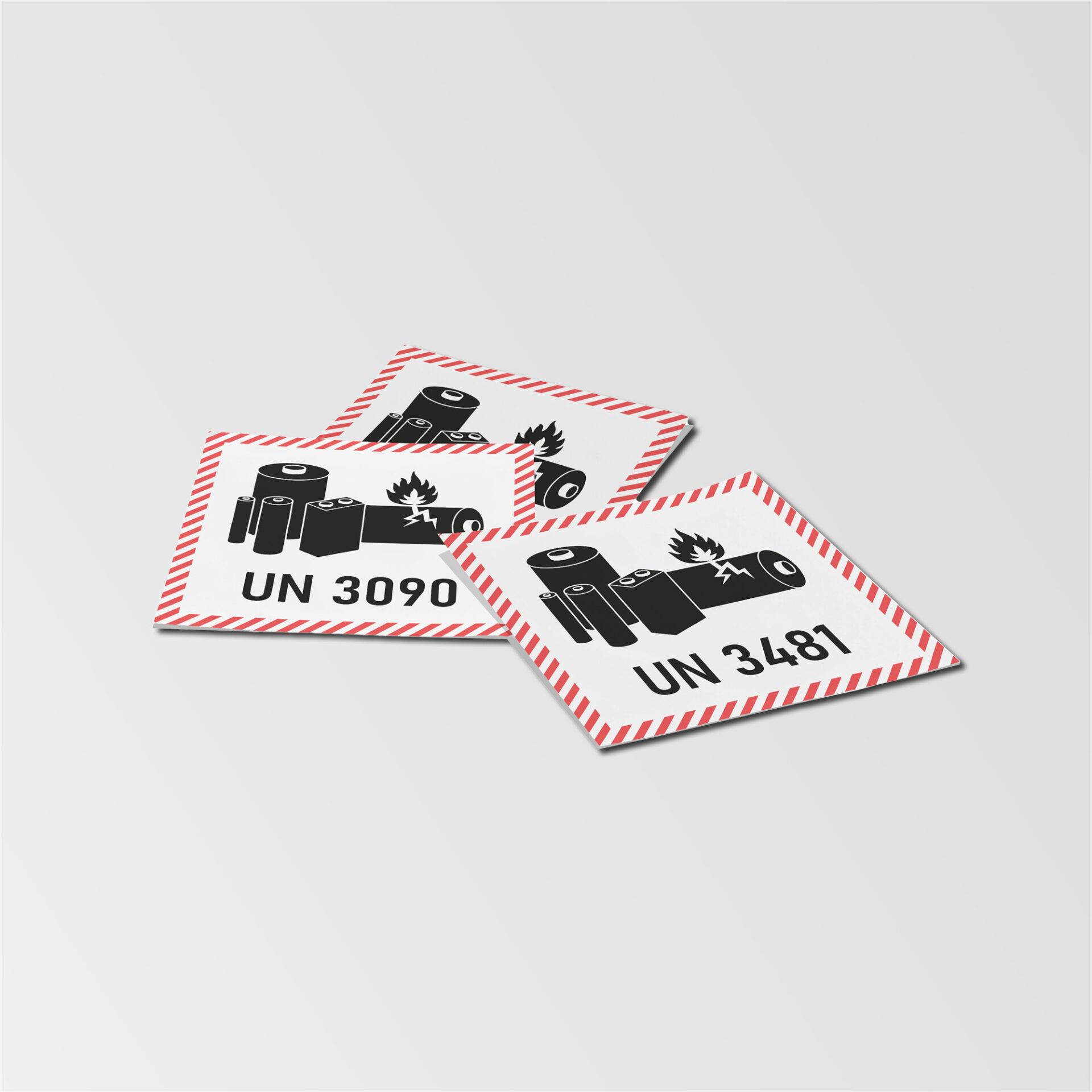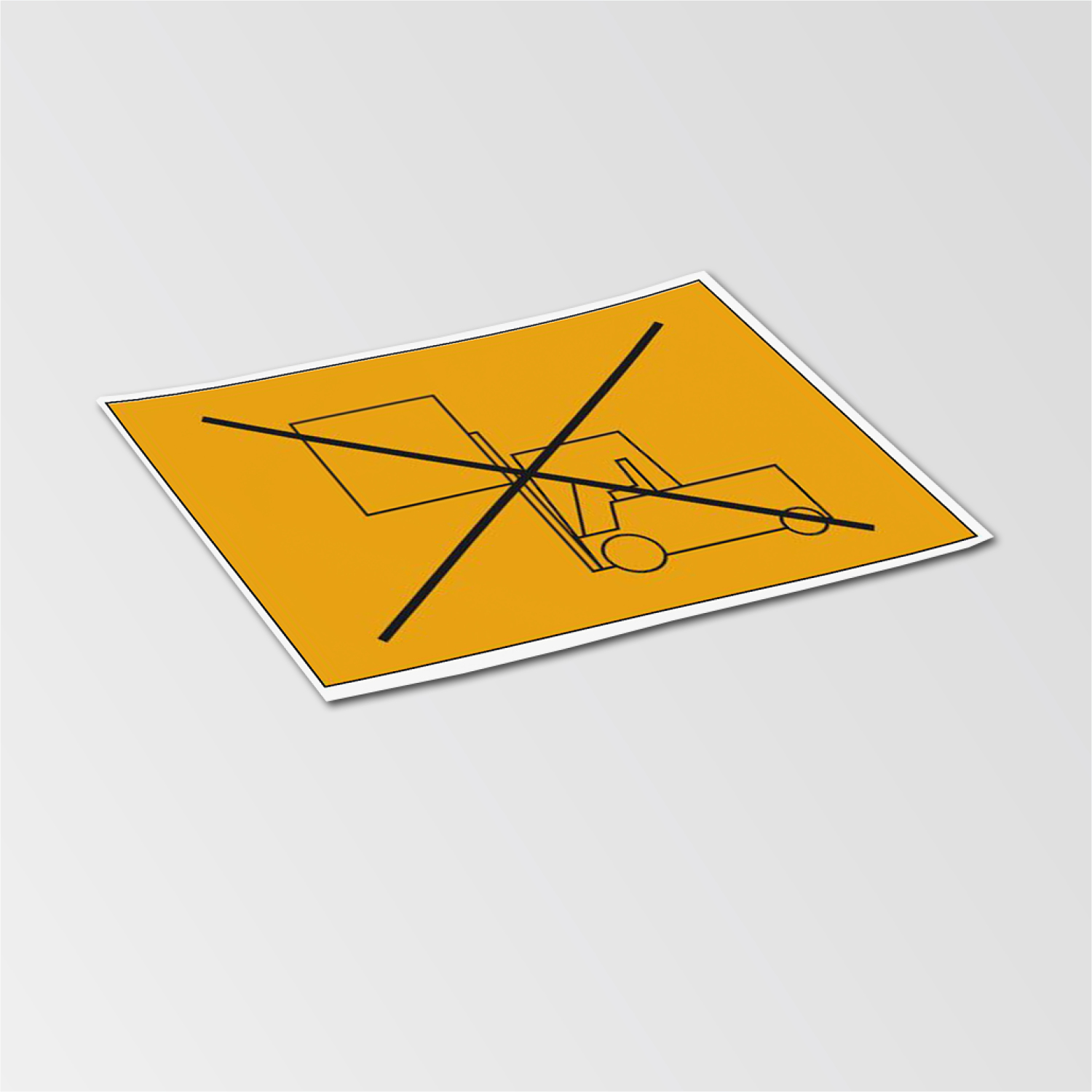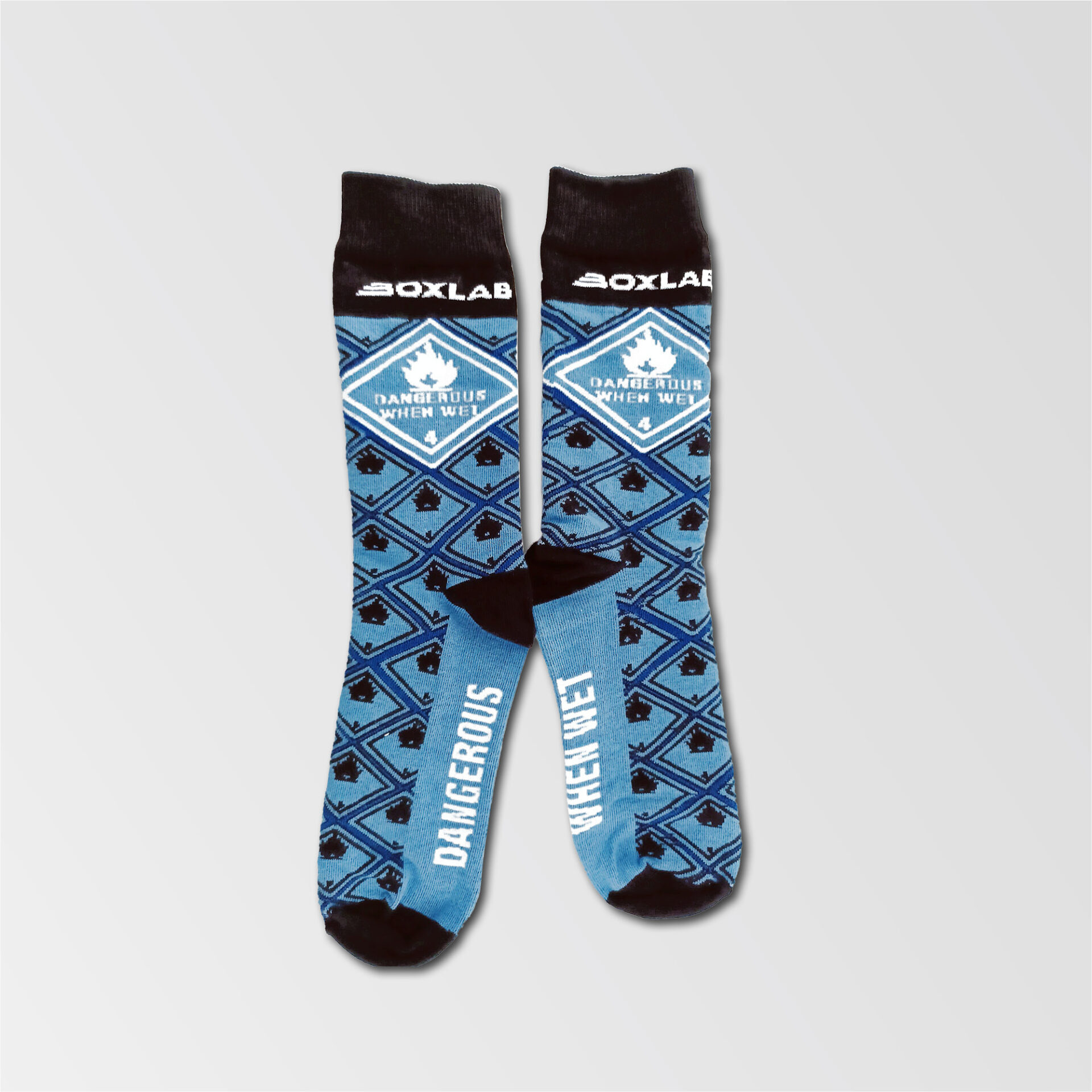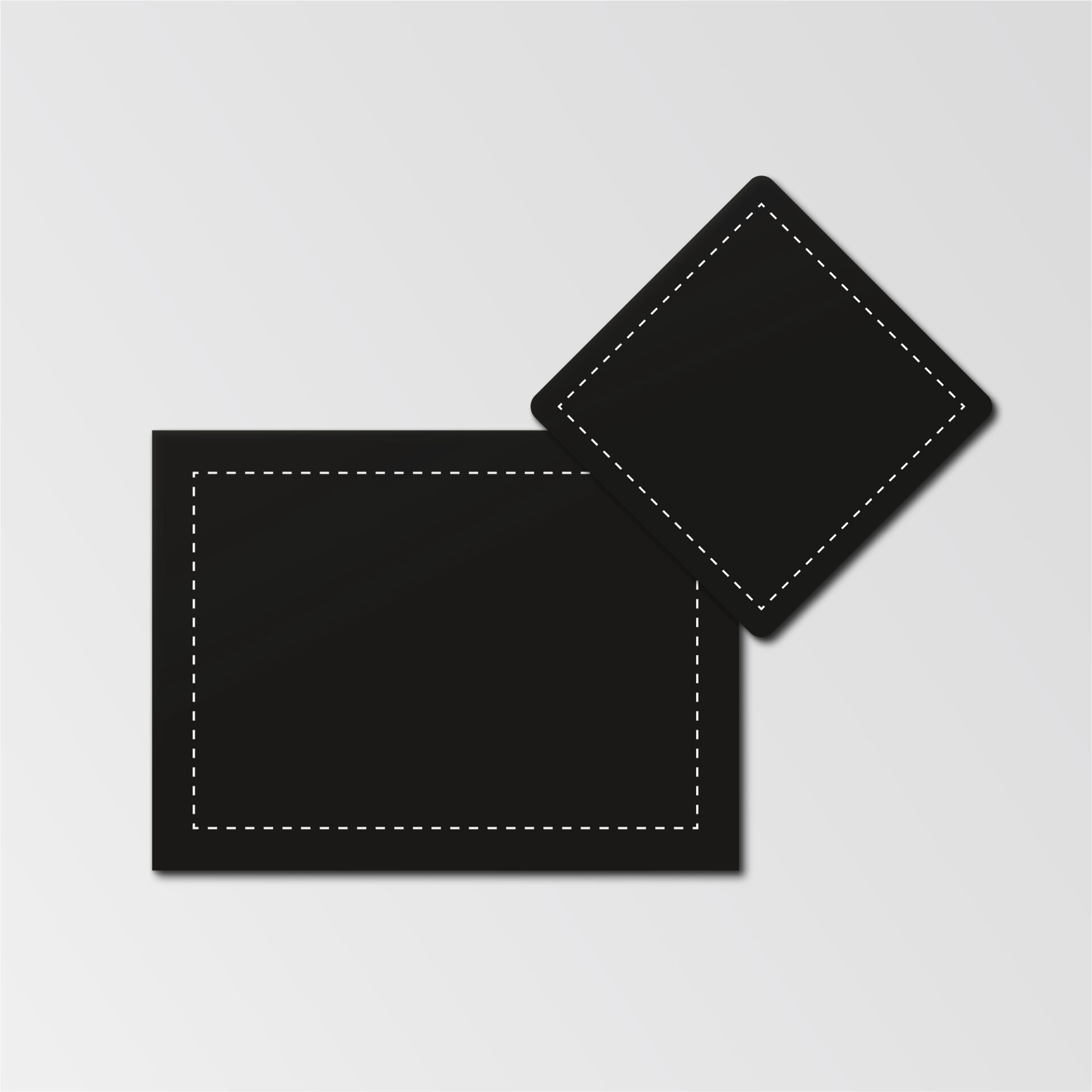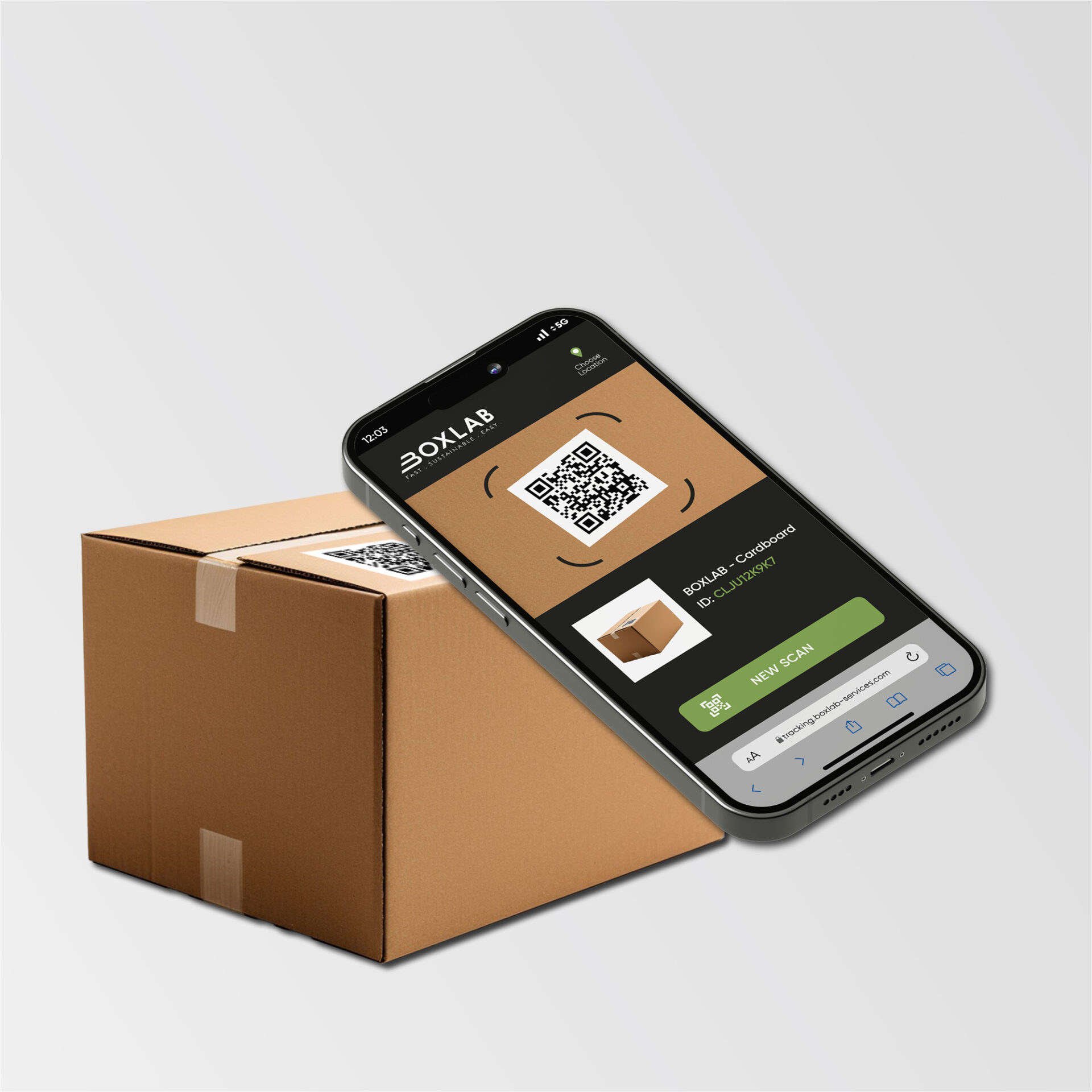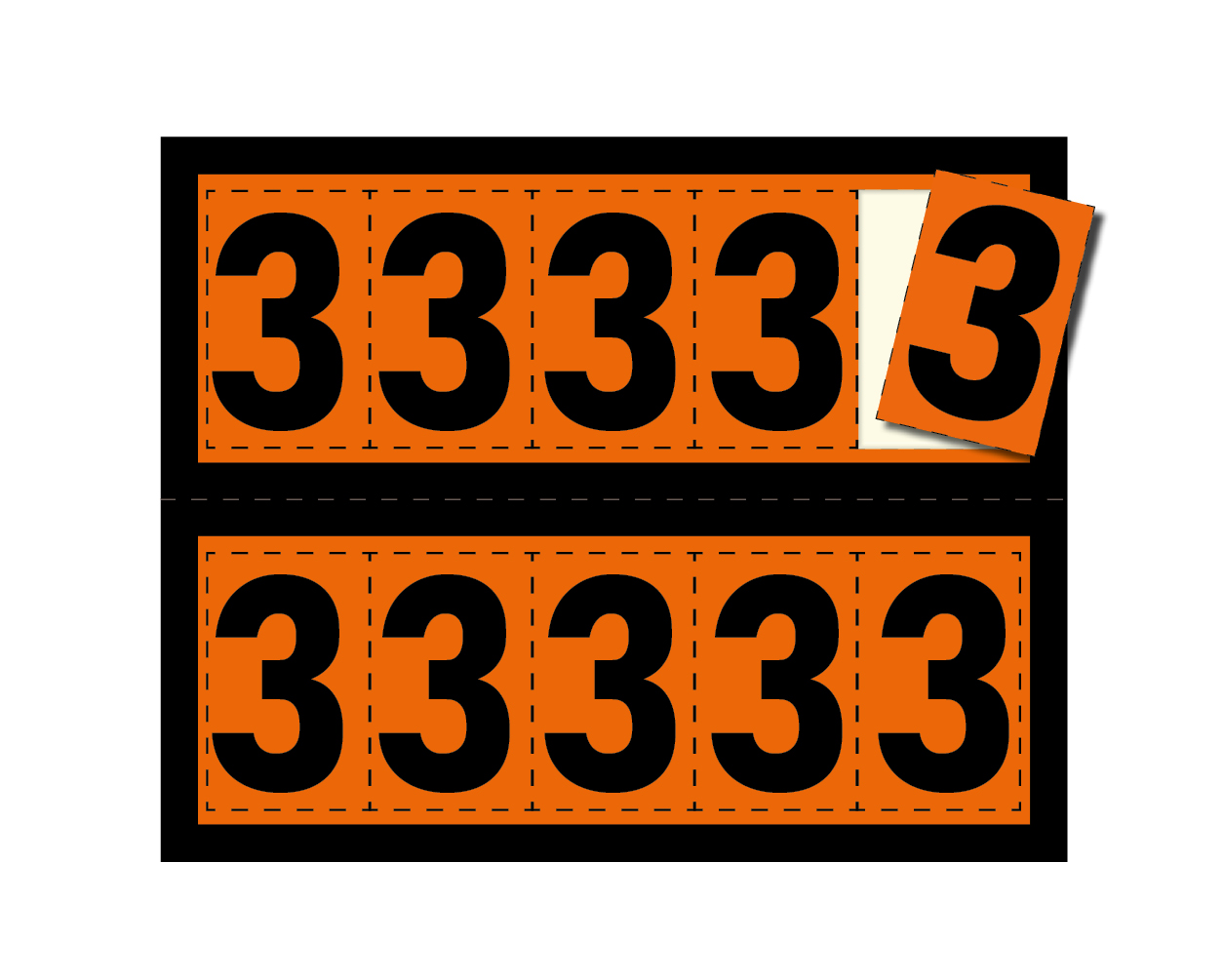Our selection of thermal transfer ribbons ensures your labels perform well even under the toughest conditions:
- Wax ribbons: Optimal for cost-effective, legible markings on paper labels in protected environments. Ideal for barcodes, shipping, and warehouse labels.
- Wax-resin ribbons: The versatile solution for increased abrasion and scratch resistance on coated papers and films. Perfect for applications that require a more robust surface but are not subject to extreme stress.
- Resin ribbons: These ribbons are our specialists for maximum durability. Combined with synthetic label materials, they provide prints that resist extreme temperatures, chemicals, water, and heavy abrasion – essential for nameplates, hazardous goods labeling, and long-term labeling in harsh environments.
BOXLAB Services: Your partner for complete, durable labeling systems
We understand that a single product rarely covers all requirements. That’s why at BOXLAB Services, we offer more than just thermal transfer ribbons. We work with you to develop a customized system solution that seamlessly combines label materials, thermal transfer ribbons, and the matching printing systems. From consulting and selection to implementation – our goal is to provide you with robust and future-proof labeling that optimizes your processes and ensures compliance in all areas, from logistics to hazardous goods safety.
Don’t compromise on the durability of your labeling. Contact BOXLAB Services to learn how our high-quality thermal transfer ribbons can become part of your customized, long-lasting labeling solution.
Request now
